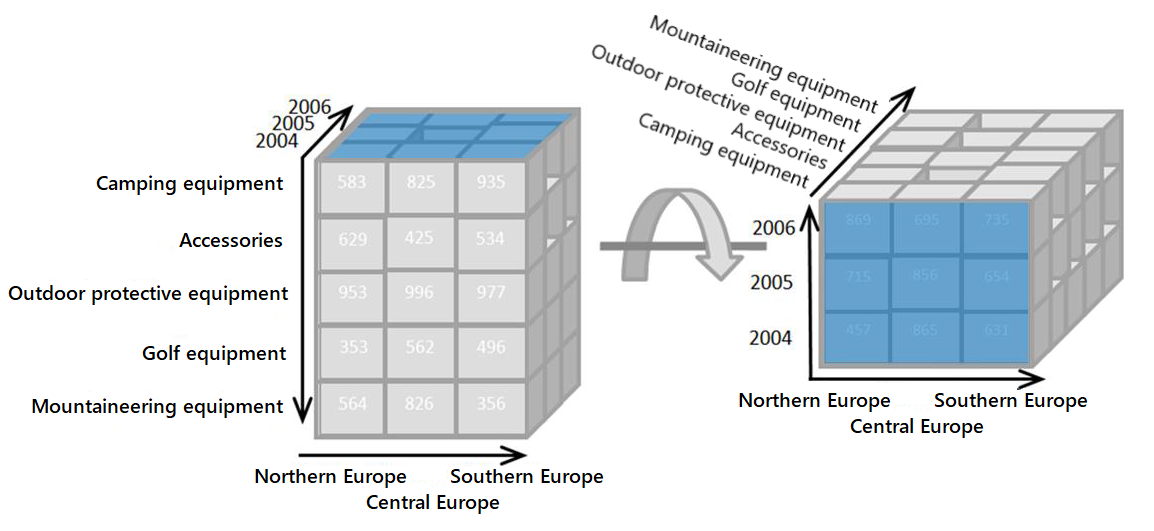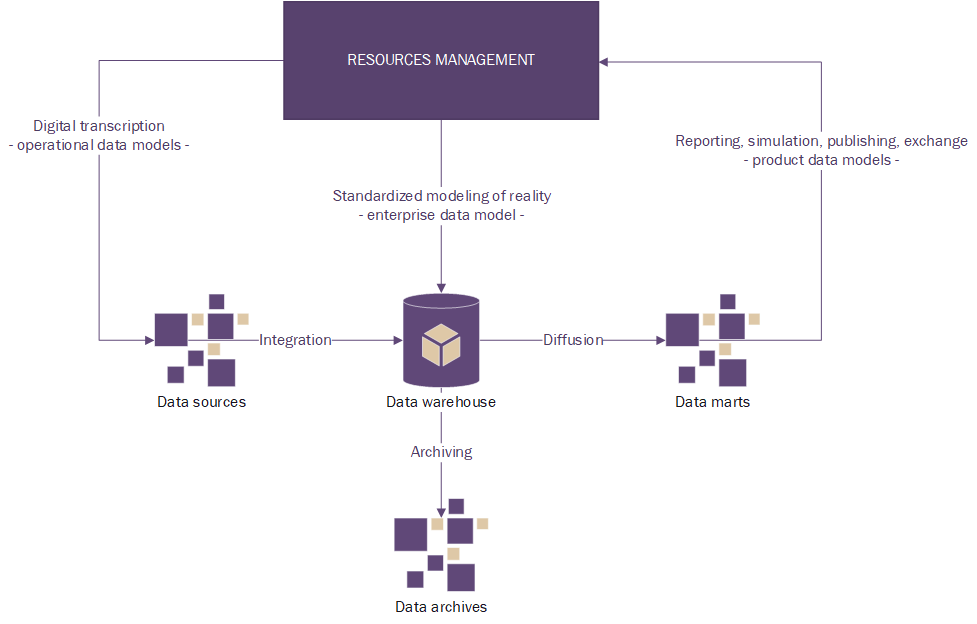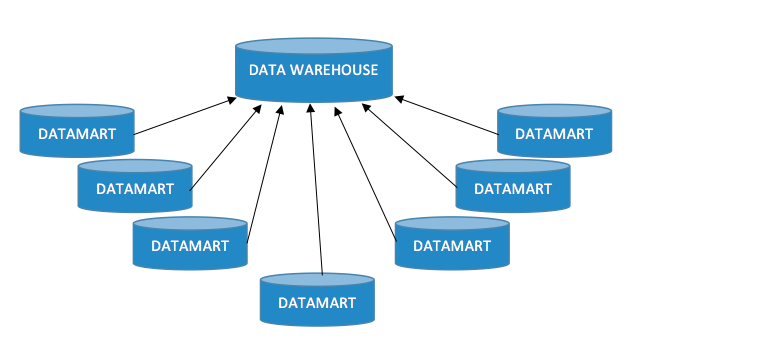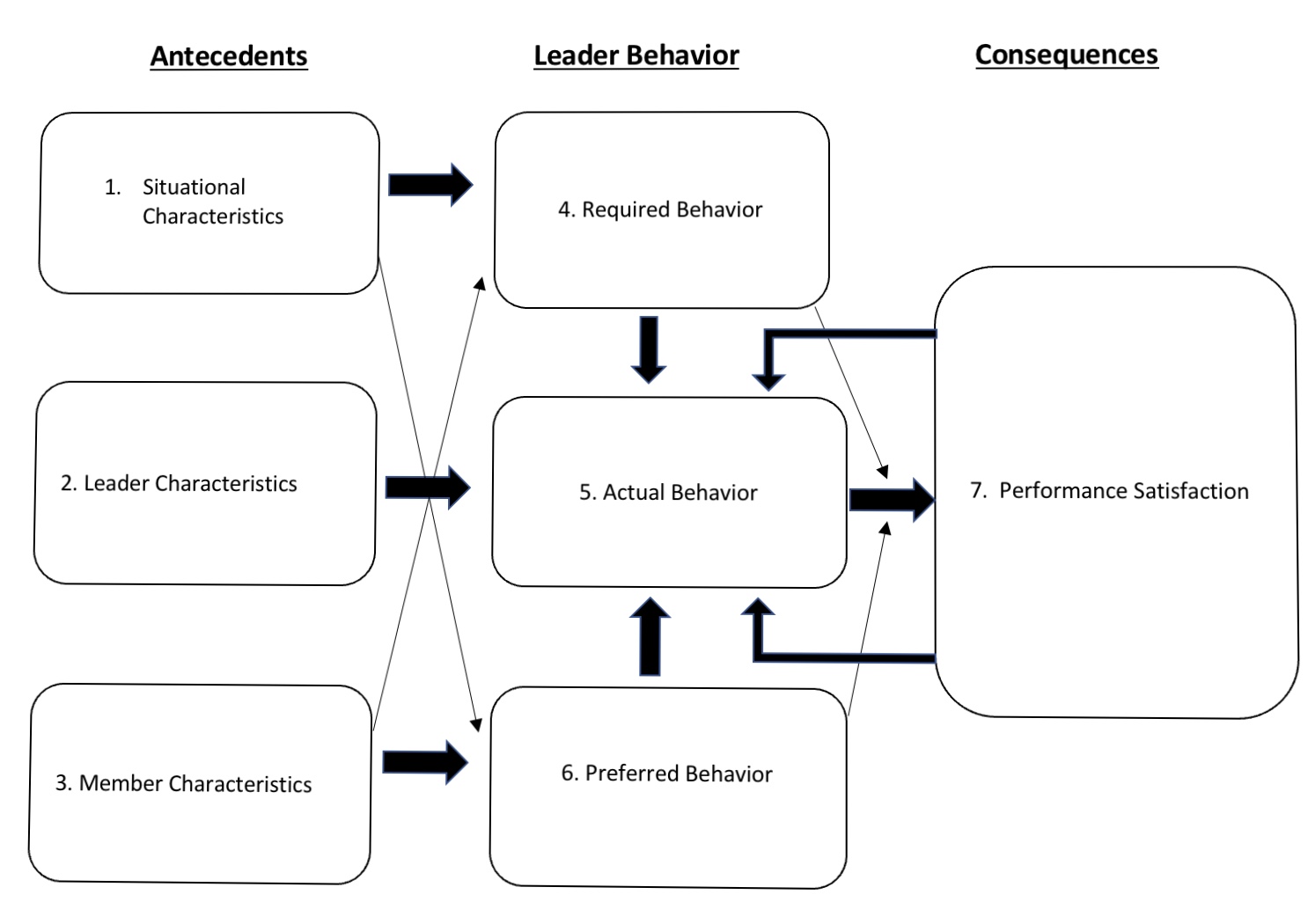What is Frameworks?

The term “Frameworks” can refer to several different things depending on the context:
- Software Development Frameworks: In software development, a framework is a platform or structure that provides a foundation for building software applications. It typically includes libraries, tools, and best practices that simplify and speed up the development process. Examples include web frameworks like Django (Python), Ruby on Rails (Ruby), and Laravel (PHP), as well as frontend frameworks like React, Angular, and Vue.js.
- Conceptual Frameworks: In academic and professional settings, a conceptual framework is an analytical tool that is used to make conceptual distinctions and organize ideas. It provides a structure for research or analysis, often used in fields like sociology, psychology, and education.
- Business Frameworks: In business, a framework is a structure used to solve complex problems or to improve efficiency. This could include models like SWOT analysis, the Balanced Scorecard, or the Five Forces Framework by Michael Porter, which helps companies assess their competitive environment.
- Framework (in Music): “Frameworks” could refer to a specific musical group or album, depending on the context.
What is Software Development Frameworks
Software development frameworks are pre-built collections of code, libraries, tools, and best practices that provide a structured environment for building software applications. These frameworks are designed to simplify and accelerate the development process by offering a standard way to build and deploy applications.
Key Features of Software Development Frameworks:
- Reusable Code: Frameworks provide reusable components and libraries that developers can use to avoid writing repetitive code from scratch.
- Standardized Structure: They enforce a consistent project structure, which helps in organizing code, making it easier to maintain and scale.
- Abstraction: Frameworks often abstract complex tasks, making it easier for developers to perform common functions like database access, session management, and authentication.
- Built-in Tools: They come with tools for debugging, testing, and performance monitoring, which streamline the development and deployment processes.
- Community Support: Most popular frameworks have large communities that contribute to the development of the framework, provide plugins or extensions, and offer support to other developers.
Types of Software Development Frameworks:

- Web Frameworks:
- Frontend Frameworks: These frameworks are used to build the user interface of web applications. Examples include:
- React: A JavaScript library for building user interfaces, primarily for single-page applications.
- Angular: A TypeScript-based framework developed by Google for building dynamic web applications.
- Vue.js: A progressive JavaScript framework for building user interfaces.
- Backend Frameworks: These frameworks handle the server-side logic, database interactions, and application logic. Examples include:
- Django: A Python-based framework that emphasizes rapid development and clean, pragmatic design.
- Ruby on Rails: A Ruby-based framework that follows the convention over configuration (CoC) principle.
- Laravel: A PHP framework that is known for its elegant syntax and tools for routing, authentication, and testing.
- Frontend Frameworks: These frameworks are used to build the user interface of web applications. Examples include:
- Mobile App Frameworks:
- React Native: Allows developers to build mobile apps using React and JavaScript, with the ability to compile to native code.
- Flutter: A UI toolkit from Google for building natively compiled applications for mobile, web, and desktop from a single codebase.
- Game Development Frameworks:
- Unity: A cross-platform game engine used for creating both 2D and 3D games.
- Unreal Engine: A powerful game development framework known for its advanced graphics capabilities.
- Desktop Application Frameworks:
- Electron: Allows developers to build cross-platform desktop applications using web technologies like JavaScript, HTML, and CSS.
- Qt: A C++ framework for developing cross-platform applications with a native look and feel.
Also Read : What is Conceptual Frameworks
Benefits of Using Software Development Frameworks:
- Efficiency: Frameworks save time by providing pre-built components and structures.
- Scalability: They offer best practices and tools that make it easier to scale applications as they grow.
- Security: Many frameworks come with built-in security features, helping developers protect their applications from common vulnerabilities.
- Maintainability: A well-organized framework makes it easier to maintain and update the application over time.
- Community Support: Popular frameworks have large communities, which means a wealth of tutorials, documentation, and third-party libraries are available.
Choosing the Right Framework:
The choice of framework often depends on the specific needs of a project, the programming language being used, the development team’s familiarity with the framework, and the long-term goals of the application.
FAQ
1. What is a software development framework?
A software development framework is a pre-built collection of code, libraries, tools, and best practices that provides a structured environment for developing software applications. It simplifies the development process by offering reusable components, standardized architecture, and tools to help developers build, test, and deploy applications more efficiently.
2. Why should I use a software development framework?
Using a framework can save time and effort by providing reusable code and built-in functionalities, helping you avoid writing repetitive code. It also enforces a consistent structure, which improves the maintainability and scalability of your application. Frameworks often include security features and tools for debugging, testing, and performance monitoring, which can streamline the development process.
3. What are the different types of software development frameworks?
There are several types of software development frameworks, including:
Web Frameworks: For building web applications (e.g., Django, Ruby on Rails, Laravel).
Mobile App Frameworks: For developing mobile applications (e.g., React Native, Flutter).
Game Development Frameworks: For creating video games (e.g., Unity, Unreal Engine).
Desktop Application Frameworks: For building desktop applications (e.g., Electron, Qt).
4. How do I choose the right framework for my project?
– Project Requirements: The specific needs of your project, such as web, mobile, or desktop development.
– Programming Language: The language you are most comfortable with or that best fits your project.
– Community Support: A framework with a large, active community can offer more resources, tutorials, and third-party libraries.
– Scalability and Performance: Consider how well the framework supports scaling and its performance under load.
– Learning Curve: Some frameworks are easier to learn and use than others, depending on your experience level.
5. What are some popular web development frameworks?
Frontend Frameworks:
– React: A JavaScript library for building user interfaces, particularly single-page applications.
– Angular: A TypeScript-based framework for dynamic web applications.
– Vue.js: A progressive JavaScript framework for building user interfaces.
Backend Frameworks:
– Django: A Python-based framework focused on rapid development and clean design.
– Ruby on Rails: A Ruby-based framework that emphasizes convention over configuration.
– Laravel: A PHP framework known for its elegant syntax and developer-friendly tools.
6. What are the benefits of using a framework for mobile app development?
Mobile app frameworks like React Native and Flutter allow developers to create cross-platform applications using a single codebase, reducing development time and effort. They also provide pre-built UI components, tools for testing and debugging, and support for native features, making it easier to build high-quality mobile apps.
7. Can I use multiple frameworks in a single project?
Yes, it’s possible to use multiple frameworks in a single project, especially when dealing with different layers of the application (e.g., using React for the frontend and Django for the backend). However, integrating multiple frameworks can increase complexity, so it’s important to ensure they work well together and meet the project’s needs.
8. Are there any downsides to using a software development framework?
While frameworks offer many benefits, there can be downsides:
– Learning Curve: Some frameworks can be complex and may require significant time to learn.
– Flexibility: Frameworks may impose certain constraints, limiting your ability to implement custom solutions.
– Performance: Overhead from a framework’s built-in features may impact performance, especially in resource-constrained environments.
– Dependencies: Relying heavily on a framework means you’re dependent on its updates and community support. If a framework becomes outdated or is no longer maintained, it can pose challenges.
9. How do frameworks handle security?
Many frameworks come with built-in security features to protect against common vulnerabilities like SQL injection, cross-site scripting (XSS), and cross-site request forgery (CSRF). However, developers still need to follow best practices and stay updated on security patches to ensure their applications remain secure.
10. What is the difference between a library and a framework?
A library is a collection of functions or objects that can be reused to perform specific tasks, while a framework provides a broader structure for building an entire application. The key difference is that with a library, you call the code to perform tasks, while with a framework, the framework calls your code, controlling the overall flow of the application.



